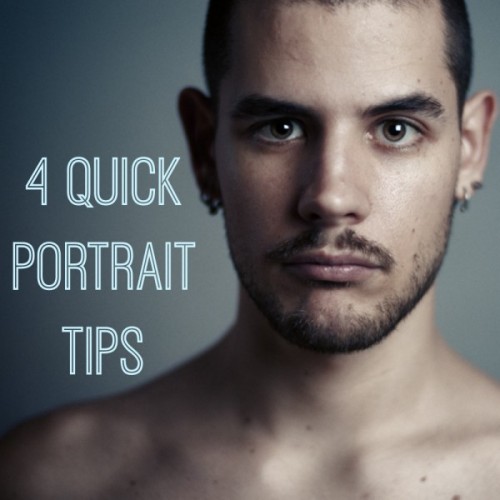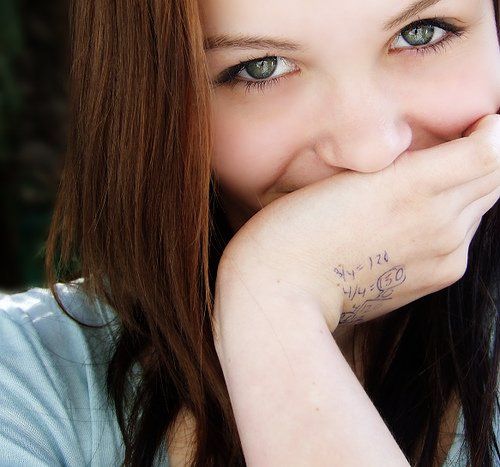4 Quick Tips for Portraits

George has a perspective that is a little different to other portrait photographers I know (in fact you’ll see he approaches it differently to me too) so I thought it might be interesting to share them and see what you think.
Here’s what he said (and what I managed to jot down quickly on a napkin).
1. Keep it Simple
The more complex your scene is the more unlikely you are to get a shot that is the X factor. Keep your backgrounds (and foregrounds) uncluttered, work with natural light where you can, if you have to use artificial light keep it simple and use as few lights as possible.
2. Set up the Shot before Introducing Your Subject to it
Be as prepared as possible before your subject arrives. If you’re shooting in a studio have your lighting ready and camera set up and ready to go. If you’re shooting on location know where you want to shoot. Have your camera’s settings ready to go and even do a few test shots before your subject arrives. This way you don’t keep them waiting around and get to photograph them when they are fresh.
3. Shoot into the Light
George was a big fan of back lighting – particularly when shooting outdoors. He talked about how this added interest, depth and sometimes color into an image. Lens hoods are a must if you’re doing this outside in bright environments though – you’ll also need fill flash.
Read more on Backlighting and Fill Flash.

One thing I noticed about George was that during the event he always seemed to be bending his knees slightly. He wasn’t that tall so I asked about it. He told me that he found that shooting from slightly (and only a tiny bit) below a person’s eye line was something that he found to be quite flattering for most people. He used this both with shots where a subject was standing or sitting. Similarly – George recommended lighting from slightly below rather than above a subject also.



.gif)





